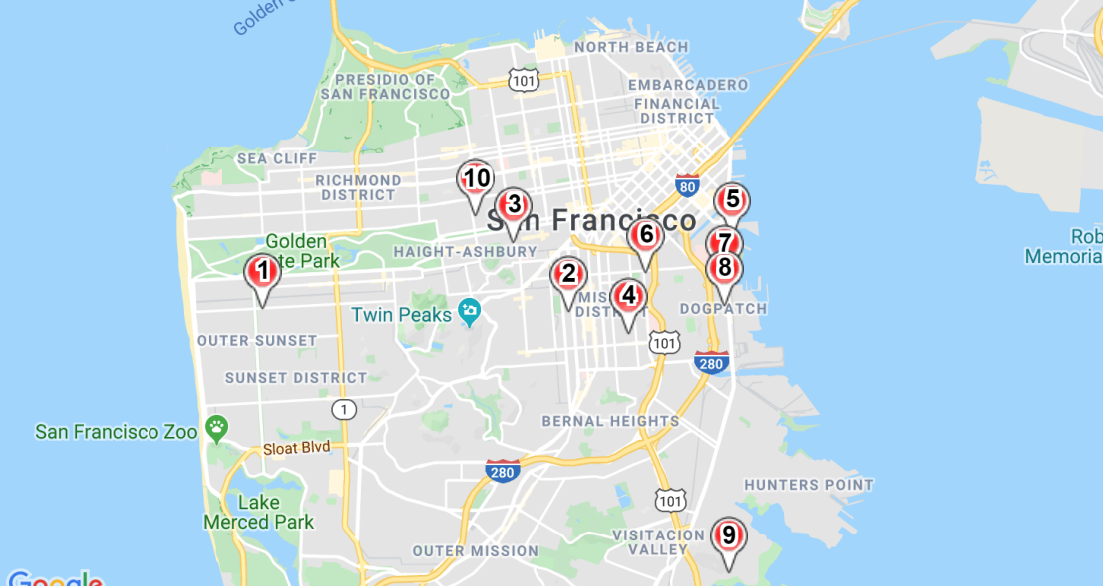
Last time it was about Love, and this time it’s about Money.
There are so many ways to suck at money, and by suck, I mean you are so bad at this particular skill, it regularly gets in the way of everything else.
A friend of mine was looking for work and was so daunted, actually haunted, by the idea of how much she needed to earn, it almost paralyzed her efforts. It felt impossible for her to earn enough. She’d need to be someone else to survive: Superwoman.
It’s common to freeze up
about money when it feels
out of hand.
It’s nothing to be ashamed of.
Almost everyone panics about money at some point. Sometimes it’s because we don’t have the skills to understand money in concrete terms. We don’t separate the numbers from our emotions. Numbers are facts, but we attach them to anxiety around our self worth, rage at grand injustices, or blissful denial about the future.
First let’s take an inventory. Then, I’ll tell how my friend found great relief with a small effort to stop sucking.
Oh, the many ways one might suck at money. Let’s break it down. Ask yourself, at which of these do I suck at so badly it gets in my way?
- Understanding my expenses
- Paying down debt
- Spending less than I bring in
- Bringing in more than I need
- Getting a raise
- Saving for planned expenses
- Saving ahead for surprise expenses
- Spending money wisely
- Feeling generous
- Planning for future financial needs
- Talking rationally about money
It’s a long list. You probably don’t suck at all of them, but even if you do, taken one at a time, each can be brought up to non-suck status through small steps.
That would be the first small step: pick the one you suck at most, one that also gets in the way. That’s key. It’s okay to suck at something that doesn’t matter. Pick one that matters a lot!
My friend couldn’t imagine a job that would pay enough, because she sucked at the first thing up there—she didn’t understand her expenses. She didn’t know the one number that would help her wrangle her anxiety: her monthly nut. So she didn’t really know what she had to earn to break even with her expenses.
An accurate way to look at your monthly nut can take a day or two of categorizing expenses across all your credit card and bank statements, and it’s a great way to get honest with your spending, especially if you want to make changes.
She took a faster path to sanity. It took less than an hour.
All her spending eventually comes out of one checking account, so to calculate her monthly nut, all she had to do was look at total withdrawals from each bank statement for 6 months, add them up, and divided by 6.
The result? Her monthly nut. A real number, not a vague anxiety ridden idea, and as it turns out a number she could hit without being Superwoman.
Knowing her real expenses, her monthly nut, she was much less anxious.
Just last week she got a job offer, negotiating with the confidence she’d have enough to meet her needs.
Not all skills at not-sucking are as quick to solve, but sometimes we get stuck because we are missing some of the facts.
I’m putting together a step-by-step guide to help you make progress on this stuff, and I need to learn a bit more about what you need. If you want to learn more about it, sign up on my First Alerts list.





